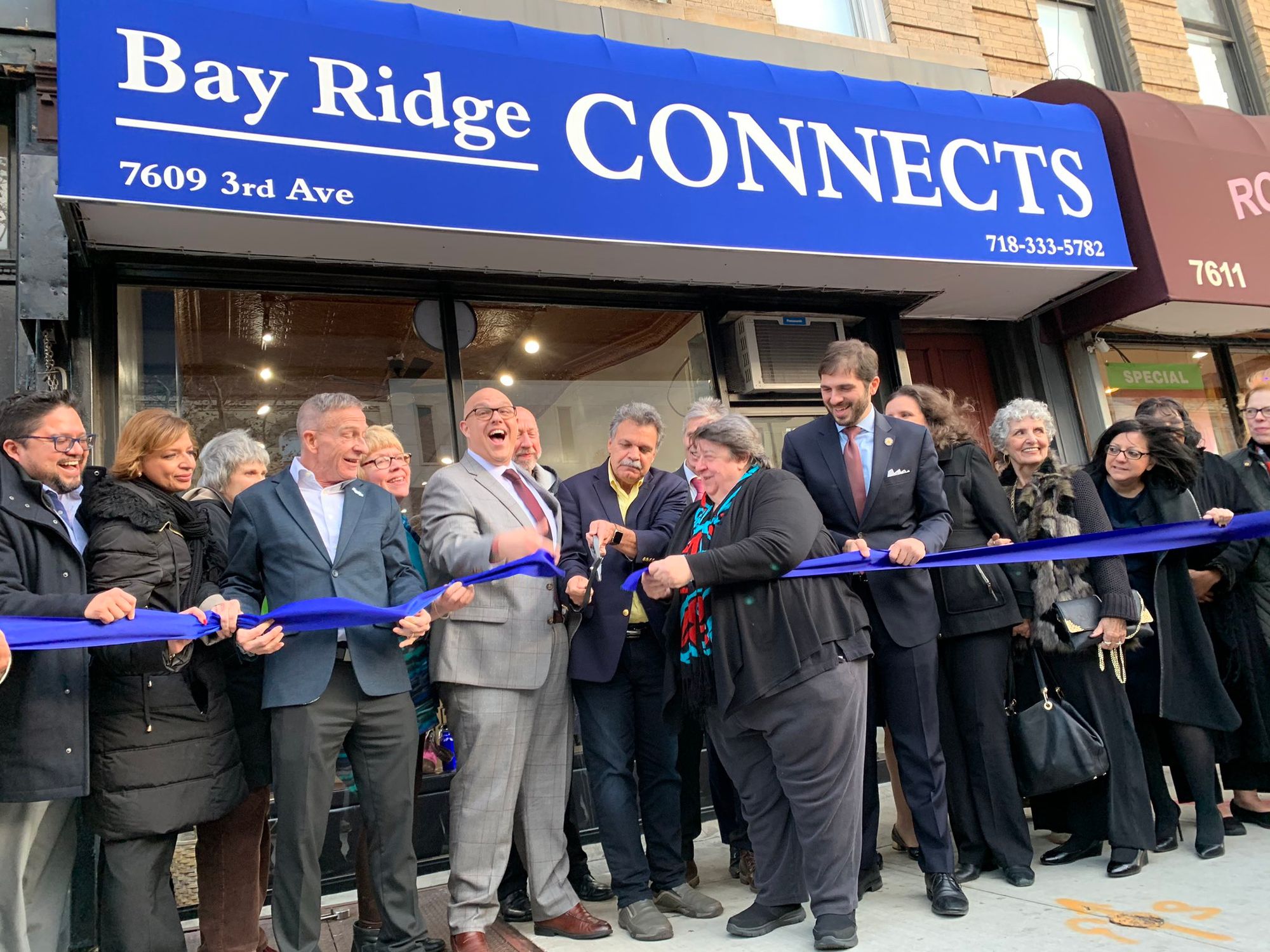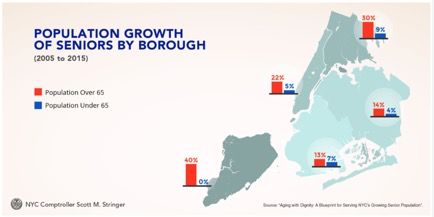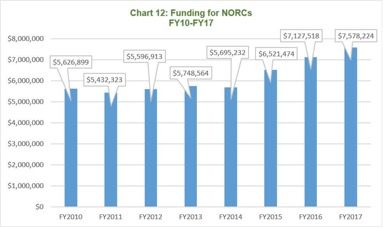Not Your Grandpa’s Senior Center


BAY RIDGE, BROOKLYN – When Marc Greenberg walked into a legal class at the Bay Ridge Connects senior center, he wasn’t looking for counsel – he was looking for company.
“I’m completely by myself,” said Greenberg, 68, who recently retired from 32 years with the Transit Authority. After his depression and anxiety worsened following his retirement, Greenberg joined Bay Ridge Senior Center – a non-profit center which has been a pillar of the Bay Ridge community for over 40 years.
His search for friends fell short — at Bay Ridge Center most members were 10 to 20 years older than Greenberg. But its leadership told him about the Bay Ridge Connects, a new non-profit outgrowth of their senior center, and Greenberg found just what he was looking for. Rather than chair yoga and Bingo, he found newly-retired members just like him who were looking for practical programs and classes to make the most of their retirement.
With 70 being the new 55, these senior centers have started to differentiate their age markets. Bay Ridge’s new center targets its resources to adults like Greenburg – Baby Boomers – who are now in the 60- to 75-year-old range.

“What a 60-year-old is interested [in] a 90-year-old is not interested in,” said Todd Fliedner, executive director of Bay Ridge Senior Center.
Greenberg has no plans to retire to Florida, or anywhere else. He’s staying put in Brooklyn. And he’s not alone — 96% of New York seniors plan to stay in New York through their sunset years, the City Comptroller’s office found.
With the number of older adults raising rapidly citywide, non-residential senior centers that offer practical resources are sprouting up all over the city. Bay Ridge Connects was one of the first to offer services not typical of a nursing home.
There are no hot meals, no transportation – centers like this aim to provide their members with practical skills, like a caregiving class, where members can learn to properly care for their aging family and friends. This center also offers legal, financial, and technology classes to make the most of their retirement.
Programs administered by such non-profit agencies help seniors remain independent, living in their homes for as long as possible, offering a completely separate set of services than the traditional senior home.
Like many, Bay Ridge Connects receives funds from the Department for the Aging targeted to “naturally occurring retirement communities,” or NORCs for short. These are often residential housing or close-knit geographic communities that accommodate a large, and naturally occurring, population of adults over 60 years old.

The older adult population is rapidly rising across New York City, with the percentage of seniors having expanded from 2005 to 2015 by anywhere from 13% across Brooklyn to 40% in Staten Island. In Bay Ridge, 21.2% of the population is over 60. Other Brooklyn NORCs can be found in neighborhoods like Park Slope, Bed Stuy, Coney Island, and Brighton Beach, all in all, 14 areas have the designation.
While tech and finance classes are big draws, so is the opportunity to socialize. A community needs survey funded through the NYC Department of Aging showed that socialization is the main reason older adults in Bay Ridge join a senior center.
In the same week Bay Ridge Connects held its ribbon-cutting ceremony, another location opened on Staten Island. The Jewish Community Center announced that Stapleton would host Staten Island’s first NORC-funded senior center.
Greenburg had never heard of the NORC program prior to joining Bay Ridge Connects, but appreciates the community he’s found there, just four blocks from his home.
“As it stands right now, I’m staying here,” said Greenberg, now that he has a community in Bay Ridge.




